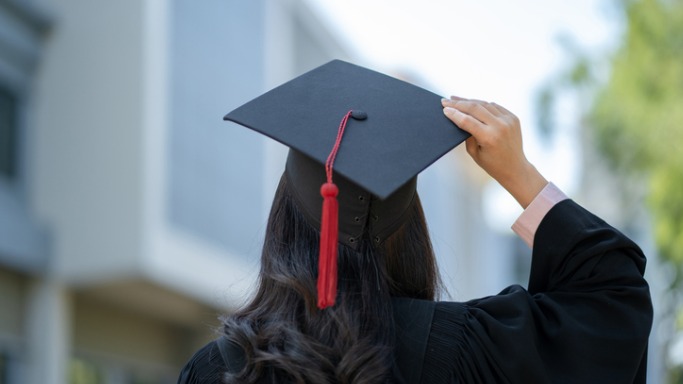In Virginia, the Thomas Jefferson High School for Science and Technology is denying students admission based on their ethnicity.
The school changed its admissions protocols in late 2020 with the aim of diversifying its student body, which had been more than 70% Asian American up until that point. Officials got rid of its traditional, merit-based standards, including standardized testing requirements, and set up a lottery instead that prioritized the middle schools least likely to send students to TJ. As a result, the number of black and Hispanic students in TJ’s incoming class rose, while the number of Asian American students fell to its lowest share in years. Specifically, black students increased from 1% to 7%; Hispanics increased from 3% to 11%; and Asian Americans decreased from 73% to 54%.
Call it affirmative action, equitable distribution, or whatever woke term fits your fancy, but it’s still just discrimination, plain and simple.
Several Fairfax County school board members admitted as much in unearthed emails and text messages released by the Pacific Legal Foundation. In one October 2020 conversation, for example, school board member Abrar Omeish admitted that the proposed changes to TJ’s admissions process would result in discrimination against Asian American applicants.
“I mean there has been an anti asian feel underlying some of this, hate to say it lol,” Omeish told her fellow school board member Stella Pekarsky.
In an earlier June 2020 email, TJ Principal Ann Bonitatibus admitted that the school’s goal in changing its admission policy is to “reflect the racial composition” of the Fairfax community better.
“Our 32 black students and 47 Hispanic students fill three classrooms. If our demographics actually represented FOPS, we would enroll 180 black and 460 Hispanic students, filling nearly 22 classrooms. The most recent TJ admissions trend, unfortunately, does not close the equity gap,” she said.
Another school board member, Karen Keys-Gamarra, agreed with Bonitatibus’s assessment at a school board meeting a few days later and argued that increasing TJ’s representation of black students is only fitting given “what has happened to George Floyd. … We must recognize the unacceptable number of such things as the unacceptable numbers of African Americans that have been accepted to TJ.”
These comments should remove any doubt over whether TJ’s merit-based lottery system is race-based. Its entire purpose is to increase representation of specific races at the expense of others. They even admit it in writing. Would anyone really question whether this policy is discriminatory if the roles were reversed, and school officials were trying to decrease the admission of black students in order to boost the admission of Asian students? Of course not.
But for some reason, TJ school officials have convinced themselves that it is acceptable and even necessary to hold Asian American students to different standards, even though they, too, are part of a minority community. When Democratic state Sen. Chap Petersen pointed this out last year, state Sen. Louise Lucas responded by demanding that he give a “better definition of minority.” Her point was simple: Discrimination against Asian Americans doesn’t count because they’re not the “right” minority.
Luckily, the Supreme Court has the opportunity to strike down TJ’s unfair standards. Virginia and 15 other states filed an amicus brief with the high court this week, arguing that policies such as TJ’s would “bless unadorned racial balancing for its own sake, which is patently unconstitutional” and “hopelessly irreconcilable with the command of equal protection.” And Chief Justice John Roberts has already taken an interest in this one. That suggests the rest of the bench might get the chance to weigh in soon.
For the sake of the many students who discovered that their applications were only as good as their skin color, the court must take up this case and rule against TJ. The only thing that should matter on an application is the student’s qualifications. Those most qualified should be accepted, and those least qualified should be rejected. Race shouldn’t have anything to do with it, and it’s time the Supreme Court made that clear.

